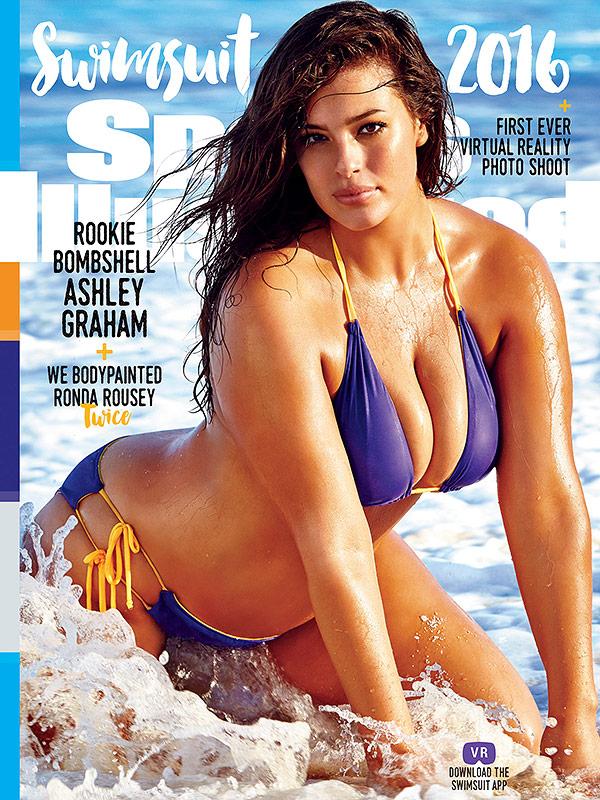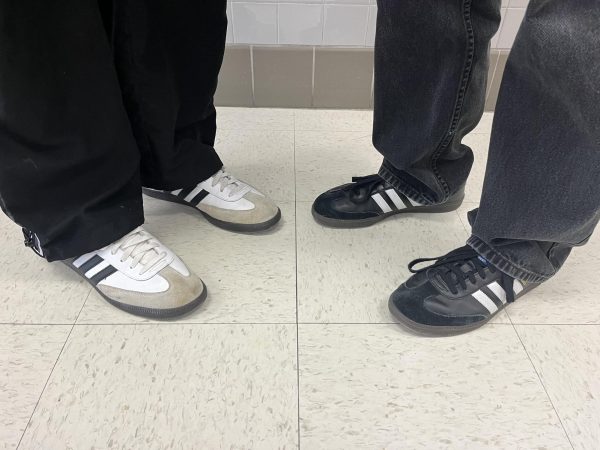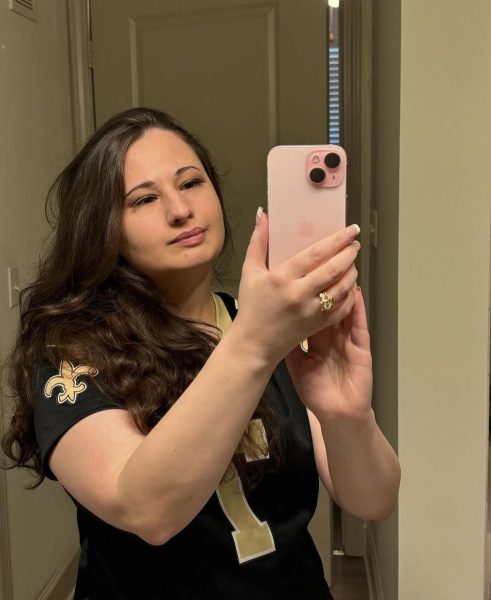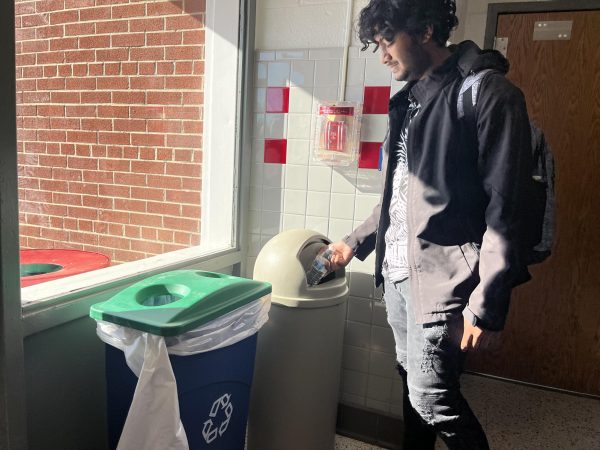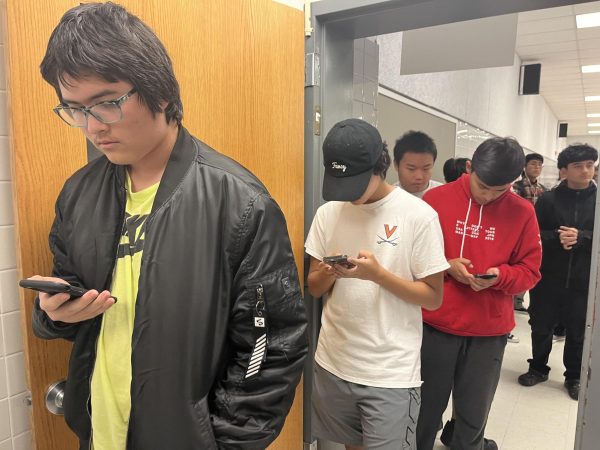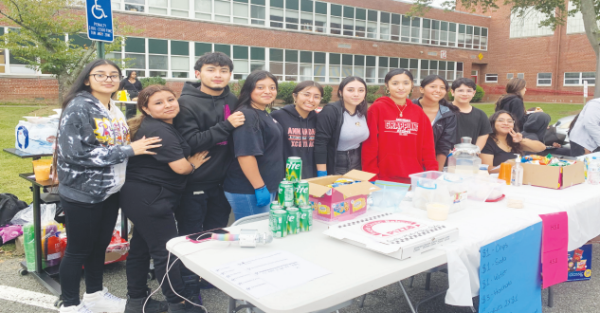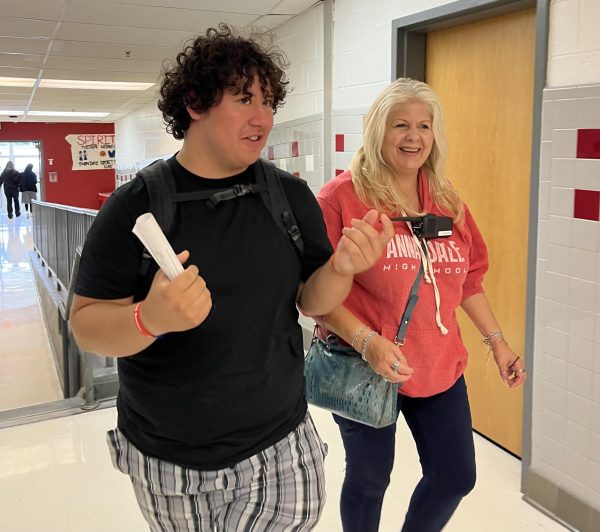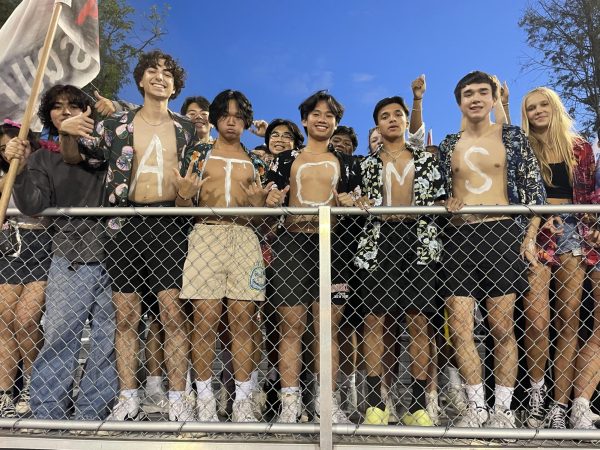Media tries to define beauty
When walking down the magazine aisle of your local grocery store, every fashion cover shows the same thing: a thin, photoshopped model or other female deemed important and beautiful by the industry. The fashion industry and its advertisements convey a very clear message to young girls: skinny is pretty.
If you ask the average female they will say that pictures like these influence their idea of a perfect body shape.
It’s not just magazines though; social media and the Internet are filled with the glorification of only one body type.
Due to this generation being increasingly technologically occupied, 42 percent of first-third grade girls want to be thinner (according to the National Association of Anorexia Nervosa and Associated Disorders). That fact shouldn’t shock you. What are these young girls doing all day? Instagram stalking famous singers and Victoria Secret models. This is what these girls are looking up too.
Most men of this generation view females with these hairless, airbrushed standards as well. Twitter and Instagram are filled with what I like to call “hot girl accounts”, profiles dedicated to posting pictures that all pretty much look the same.
Today’s society is obsessed with thin girls who have small waists, wide hips and big butts. I get why people like that but not everyone is born that way. People of both genders are now going to the gym several times a week to change their natural anatomy. They think that the only thing deemed attractive is this unrealistic body type that was shaped by a market.
They also think it’s okay to judge based on these standards that the industry tries to set.
Let me get something through all of your heads: 90 pecent of women have cellulite. The reason all these people in the spotlight and on the Internet don’t is due to a little thing called Photoshop. These pictures that we’re exposed to aren’t real, no one is that perfect, no one’s skin is that flawless. They are trying to sell you a product by marketing perfection.
What is considered a “plus size model” isn’t even plus size at all! It’s just women who don’t meet a certain BMI (Body Mass Index).
During Fashion Week, the women put on display all have a similar look to them as well: tall, extremely thin, and, quite frankly, usually white.
I digress from my main subject in a study conducted by a NYU Ph.D student it was found that out of the 677 models who are hired for fashion week, only 27, less than 4 percent, were non-white.
This industry is trying to define beauty and brainwash people into thinking European features and thin bodies are the “epitome of beauty.”
Sure there are body positive campaigns that pop up every now and again but the majority is still stuck in this narrow viewpoint; it’s disgusting. Don’t let the system control your perception of what’s beautiful.
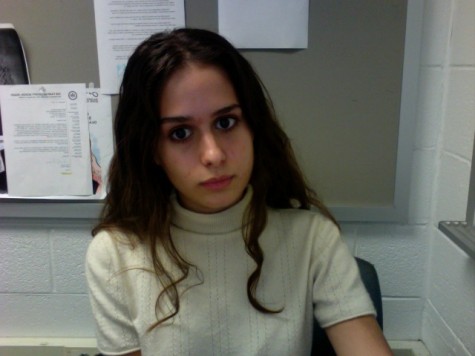
AHS senior Alexandra Zernik is the managing editor of The A-Blast. She has been on staff for four years.



